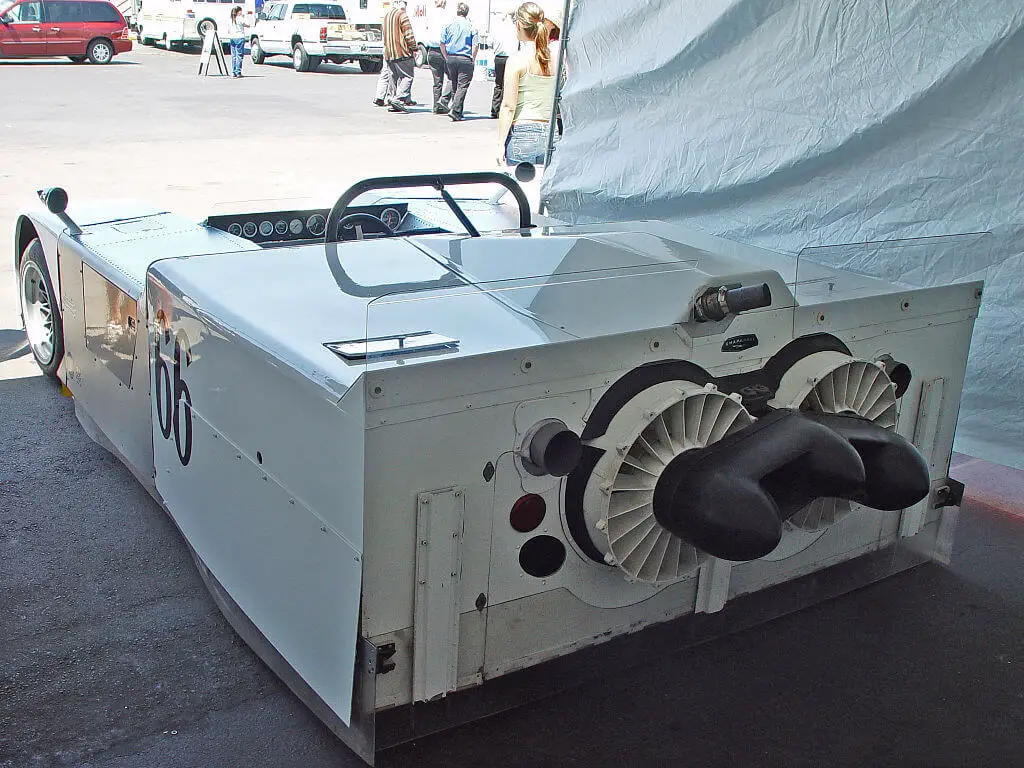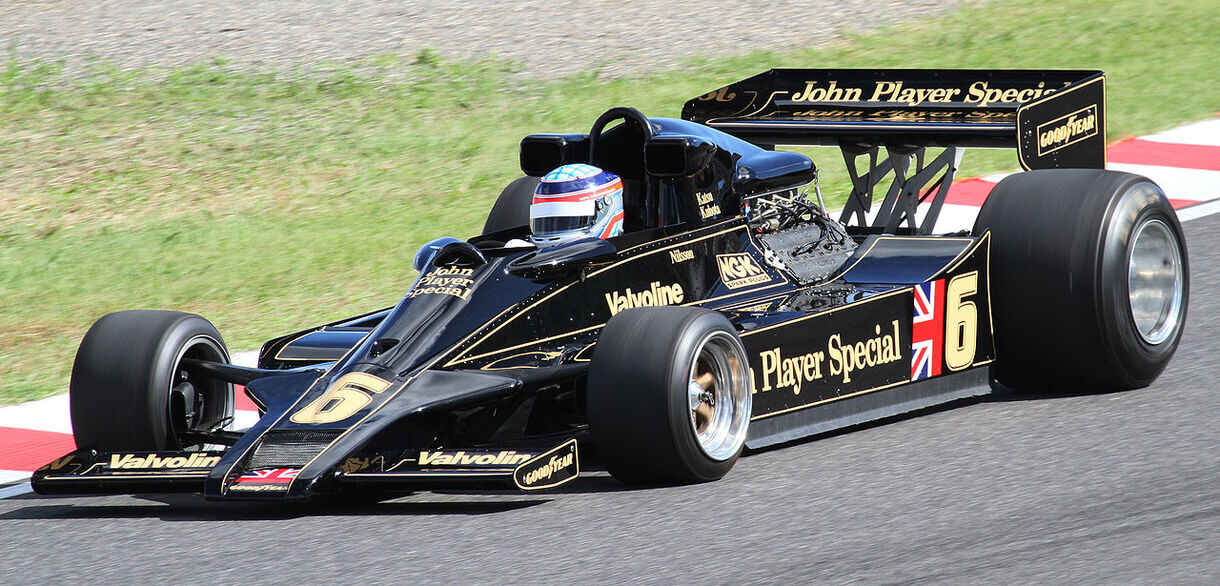Formula 1 cars use a lot of different kinds of technology to help them achieve the speeds that they do. Obviously, the cars use engines that are small and light but extremely powerful, but they also have very grippy tires and tons of aerodynamic bodywork intended to decrease wind resistance and increase downforce. Plus, as of 2022, ground effects make a return in all new cars.
If you're not familiar with ground effects and what they mean for the next season of Formula 1, it basically means that the cars will be able to follow each other more closely and perform overtaking more easily, which in theory should make future races a lot more exciting to watch.
In the early, early days of Formula 1, the cars were extremely basic, with simple, streamlined bodies. These cars, while they were pretty fast in a straight line, had limited mechanical and aerodynamic grip, and were pretty unstable at high speeds.
It was clear that something needed to be changed, so in the early 1960s, constructors started experimenting with aerodynamic components like spoilers, wings, and splitters. The purpose of these components was to direct air around the car in such a way that the surrounding airflow would actually force the car down harder onto the ground instead of lifting it up.
Soon afterwards, constructors discovered that not only did this make cars more stable in a straight line, but that they were also able to take corners much more quickly. This was the point at which constructors really began to understand downforce and how it worked. At this point, the challenge became to see how far constructors could push the limits of what downforce could do.
Eventually, the question started to be asked: what if we were to design the entire car around the principle of downforce, rather than just taking a normal car and sticking some wings on it? Thus, the idea of ground effects was born.

The Chaparral 2J, Craig Howell, CC BY 2.0, via Wikimedia Commons
The first race car to use ground effects was not a Formula 1 car, however; rather, it was a Can-Am racer called the Chaparral 2J in 1969. The 2J worked on the principle that by creating an area of low air pressure under the car, the comparatively high air pressure above the car would force the car even harder onto the ground.
The 2J did this by using a rubber skirt to create a seal between the bottom of the car and the ground and using two fans powered by an auxiliary motor to suck the air out from under the car. Because this downforce was generated by the fans and not the airflow over the bodywork, the 2J generated basically the same amount of downforce regardless of its speed.
While the 2J ended up not being the most reliable car, it was still by far the quickest Can-Am car that year thanks to its ground effects. It was so quick, in fact, that the other teams competing that year complained to the SCCA and had the 2J banned from any future races.
However, ground effects didn't appear on a Formula 1 car until almost a decade later in 1977. The first Formula 1 car to use ground effects was the Lotus 78. The Lotus 78 didn't use fans to create ground effects; rather, the underside of the car was shaped in such a way that air passing under the car would accelerate far more quickly, creating an area of low pressure.
Another Formula 1 car from around the same time that used ground effects was the Brabham BT46. This car actually did use a fan to create ground effects. However, like the Chaparral 2J, the BT46 caused much concern among the other teams, who worried that the car would simply be too fast to compete with.

The Lotus 78, Morio, CC BY-SA 3.0, via Wikimedia Commons
Ground effects were not present in Formula 1 for very long; 1977 was the first year that saw prominent use of this technology, and 1982 was the last year for it. There are a few reasons why ground effects failed to stick around after they were first introduced.
While the fact that some teams complained about the use of ground effects as being unfair is one of the major reasons, probably the biggest reason was how ground effects could potentially create very dangerous situations.
Cars using ground effects were able to take corners at much higher speeds than cars that just used standard wings. However, they were only able to do so as long as they were able to maintain the seal created between the bottom of the car and the track.
This meant that if the seal was broken, the car would lose most of its downforce almost instantly. If this were to happen while going around a corner, it's likely that the affected car would be flung off the track at high speeds. Obviously, this would present a severe safety issue, so the decision was made to ban ground effects in the following years.
Now, decades later, it seems like ground effects are poised to make a comeback in Formula 1. The question is; after all this time, why bring them back now?
One reason is the fact that the current design of Formula 1 cars makes close-quarters racing a lot more difficult. Simply put, the wings and other aerodynamic bodywork on modern Formula 1 cars create a lot of air turbulence for the cars following behind them. By relying more on ground effects to create downforce, it allows the cars to race more closely together.
The new cars won't use any fans or skirts to create ground effects; instead, these will be created entirely by the design of the car's underside. The air flowing under the car moves through two tunnels that decrease in diameter, creating what's called the Venturi effect; as the airflow is constricted, the airspeed increases and the air pressure decreases.
Ultimately, the 2022 Formula 1 cars will have less downforce than their predecessors and will be a bit slower as a result. However, the FIA hopes that by allowing the cars to race more closely together and by making overtaking easier, it'll add a lot more excitement to the races and make them more intense.
Congrads ! You got it right. Jim Hall's Chaparrals were the first to use ground effect suction. I've seen other articles that credit Lotus in the '70s with using it first.